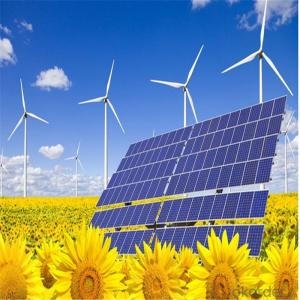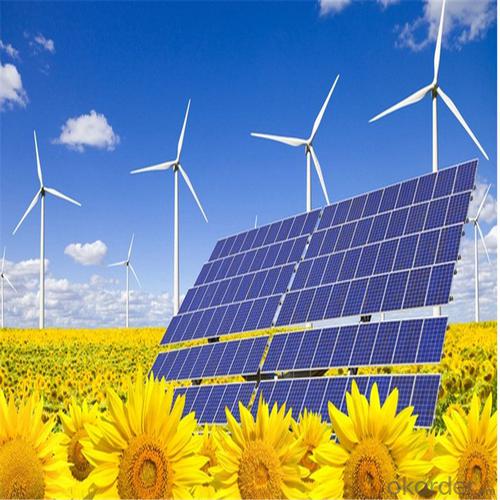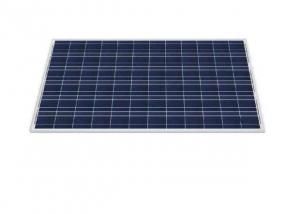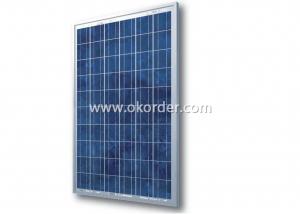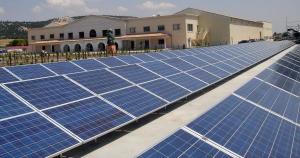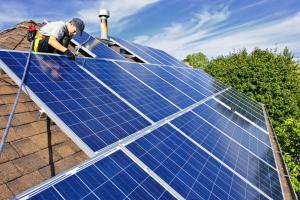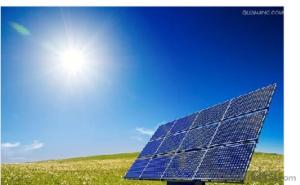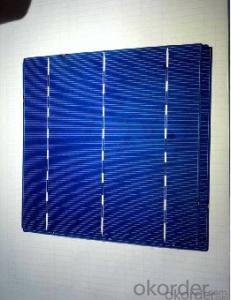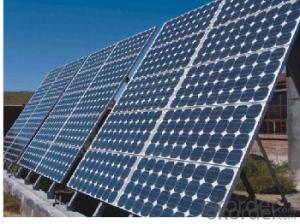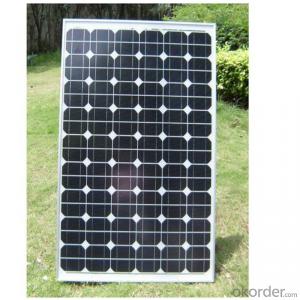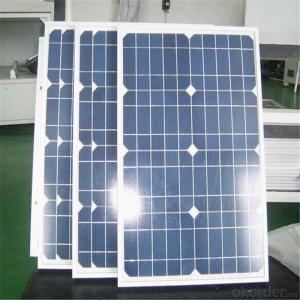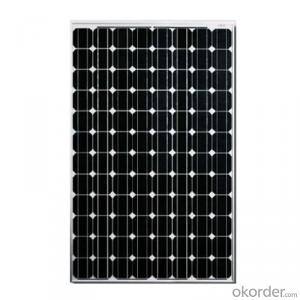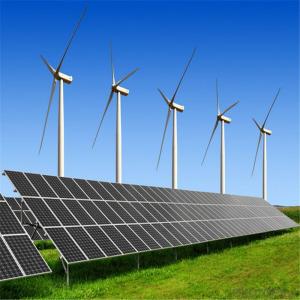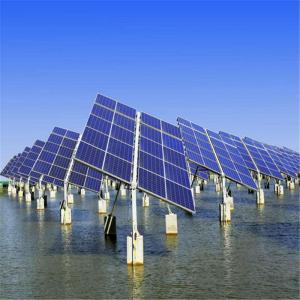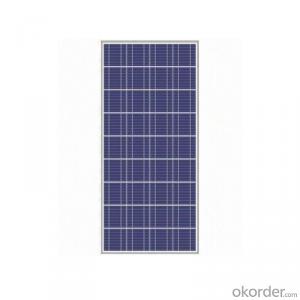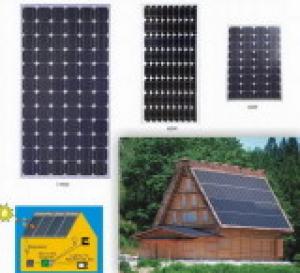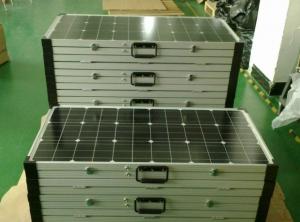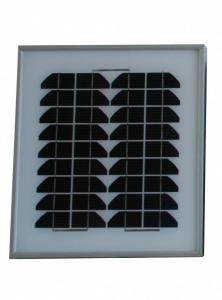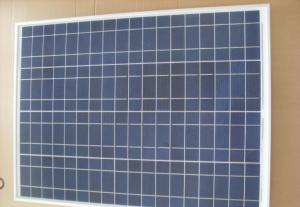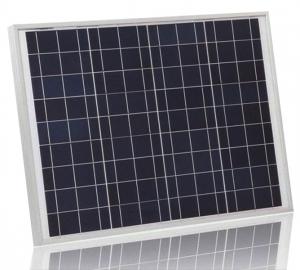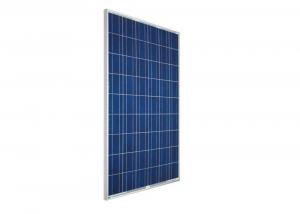Lowes Solar Panels - High Efficiency Mono Solar Panel Made in China ICE-07
- Loading Port:
- China main port
- Payment Terms:
- TT OR LC
- Min Order Qty:
- 200 watt
- Supply Capability:
- 50000 watt/month
OKorder Service Pledge
OKorder Financial Service
You Might Also Like
Instruction
Format : 156 mm × 156 mm ± 0.5 mm
Thickness: 210 μm ±40 μm
Front (-) : 1.5mm bus bars (silver),blue anti-reflection coating (silicon nitride)
Back (+) : 2.5mm wide soldering pads (silver) back surface field (aluminium)
Feature
1. High efficiency and High power.
2. Long-term electrical stability.
3. Lowest price and Fastest delivery.
4. Good quality and best service.
5. Bulk supply
6. Trusted Warranty
7. Big Sale
8. More than 25 years on the lifetime.
Images
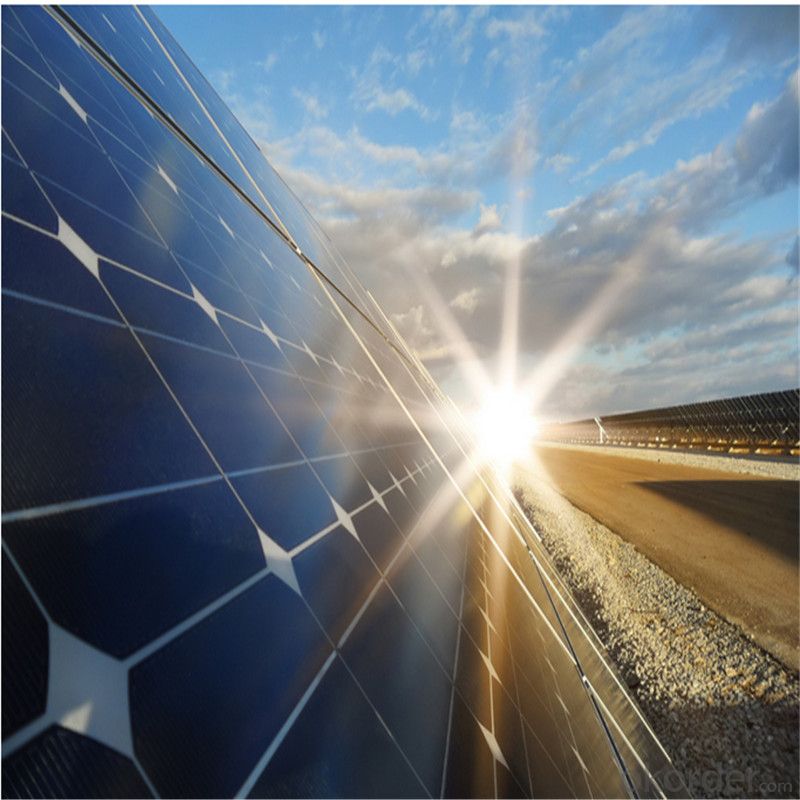
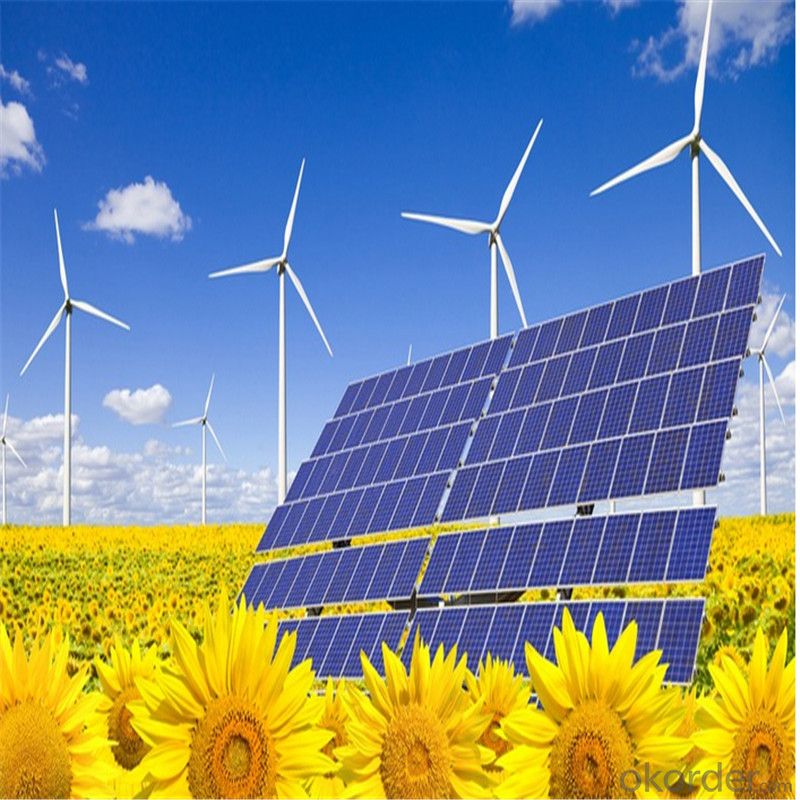
Specification
Electrical Characteristic of Mono Solar Cells
Model Type | |
Peak Power-Pmax(W) | 185 |
Open Circuit Voltage-Voc(V) | 44.2 |
Maximum Power Voltage-Vmp(V) | 36 |
Short Circuit Current-Isc(A) | 5.4 |
Maximum Power Current-Imp(A) | 5 |
Maximum System Voltage | 1000V DC |
Maximum Series Fuse Rating | 10A |
Power Tolerance | -1~+3% |
Temperature Coefficients of Pmax | -0.45%/℃ |
Temperature Coefficients of Voc | -0.348%/℃ |
Temperature Coefficients of Isc | 0.031%/℃ |
Nominal Operating Cell Temperature | 44.5±2℃ |
Standard Testing Condition(STC) | Irradiance:1000W/m²;Temperature:25℃;AM=1.5 |
Qualification Test Parameters | |
Operating Temperature | -40℃~+85℃ |
Storage Temperature | -40℃~+85℃ |
Pressure Bearing | ≥5400Pascal/m² |
Wind Bearing | ≥5400Pascal/m² |
Mechanical Characteristics | |
Cell Size | Mono 125*125mm±0.5 |
No.of Cells | 72pcs(6*12) |
FAQ
We have organized several common questions for our clients,may help you sincerely:
1. What’s price per watt?
A: It’s depends on the quantity, delivery date and payment terms of the order. We can talk further about the detail price issue. Our products is high quality with lower price level.
2. Can you tell me the parameter of your solar cells?
We have different series of cells with different power output, both from c-si to a-si. Please take our specification sheet for your reference.
3. How do you pack your products?
We have rich experience on how to pack the panels to make sure the safety on shipment when it arrives at the destination.
- Q: Rooftop solar panel (not sure if rubber or plastic?) has leak arising from thin vertical crack in panel about long. Any ideas for repair?Thanks.
- bypass the whole panel if you can ( one individual panel of several ) , or bypass that loop in that panel - car part rubber hose clamps
- Q: How do solar panels affect the property's curb appeal?
- Solar panels can enhance a property's curb appeal by providing a modern and environmentally friendly image. The sleek and futuristic design of solar panels can add visual interest and a sense of innovation to the property, making it stand out in a positive way. Additionally, the perception of the property being energy-efficient and sustainable may increase its desirability among potential buyers or tenants.
- Q: Can solar panels be used for powering outdoor lighting?
- Yes, solar panels can be used for powering outdoor lighting. Solar panels capture sunlight and convert it into electricity, which can then be stored in batteries. This stored energy can be used to power outdoor lighting fixtures, making them independent of the grid and environmentally friendly.
- Q: Can solar panels be installed on bus stops or shelters?
- Yes, solar panels can be installed on bus stops or shelters. In fact, many cities around the world have already implemented solar-powered bus stops and shelters as a sustainable solution to provide clean energy and reduce the environmental impact of public transportation systems. These solar panels can generate electricity to power lighting, information displays, charging stations, and even provide energy back to the grid.
- Q: The battery is 9ah and the solar panel is 20w
- You need a switch mode voltage converter, made to input 2 to 20 volts, and output around 7 volts. Some cell phone chargers can do that, or be modified for that voltage. Option B is to get another battery and use the system at 2V, and regulate that to 6 or 5 volts for charging (you can directly use your car charger), with switch mode regulators. I would find that system to be more flexible. Getting an 8Ah would leave extra capacity. BTW, for a 9AH battery, 20W is kid of big. I have a 36Ah battery and a 20W panel, and that is good for it.
- Q: Can solar panels be used in areas with high levels of snowfall?
- Yes, solar panels can still be used in areas with high levels of snowfall. While snow accumulation on the panels can temporarily reduce their efficiency, modern solar panel designs and technologies have improved to withstand heavy snow loads. Additionally, the angle at which solar panels are installed and their smooth surface can help snow easily slide off, allowing them to continue generating electricity even in snowy conditions.
- Q: Most solar panels (the flat ones that go onto roofs of houses) reject electricity produced by the panels if they are too low in voltage. For example, on a cloudy day, although the panels may still get some sunlight to produce some electricity, it is rejected because its too low in voltage. So, does anyone have any ideas?
- Put one more panel in series with other one to increase the voltage output during cloudy day.
- Q: How do solar panels affect the environment?
- Solar panels have a positive impact on the environment as they produce clean, renewable energy without emitting harmful greenhouse gases. They help reduce air pollution, combat climate change, and conserve natural resources by decreasing our reliance on fossil fuels. Additionally, solar panels have a minimal environmental footprint during their operation and can be recycled at the end of their lifespan, making them a sustainable energy choice.
- Q: Can solar panels be installed on a carport or parking lot?
- Yes, solar panels can be installed on a carport or parking lot. This is a popular option to utilize unused space and generate clean energy. It not only provides shade and protection to vehicles but also helps offset electricity costs and reduce carbon emissions.
- Q: What is the most powerful solar panel made?
- There are various solar farms that run turbine generators that have some rather large arrays. I suspect they'd be in the southwest but i've seen pictures of them covering a few acres. You won't find very large panels because its best to keep the panels small and just have a lot of them. This is because its much easier to have a thousand 0m^3 panels then huge 0000m^3 panel because you achieve best performance when you can align the solar panels to always face the sun. With a huge panel, you would need it to be high off the ground so it can manuver around. Small ones can all be menuvered on a small scale only a few feet off the ground so they can all be pointing towards the sun to gather the most light.
Send your message to us
Lowes Solar Panels - High Efficiency Mono Solar Panel Made in China ICE-07
- Loading Port:
- China main port
- Payment Terms:
- TT OR LC
- Min Order Qty:
- 200 watt
- Supply Capability:
- 50000 watt/month
OKorder Service Pledge
OKorder Financial Service
Similar products
Hot products
Hot Searches
Related keywords
